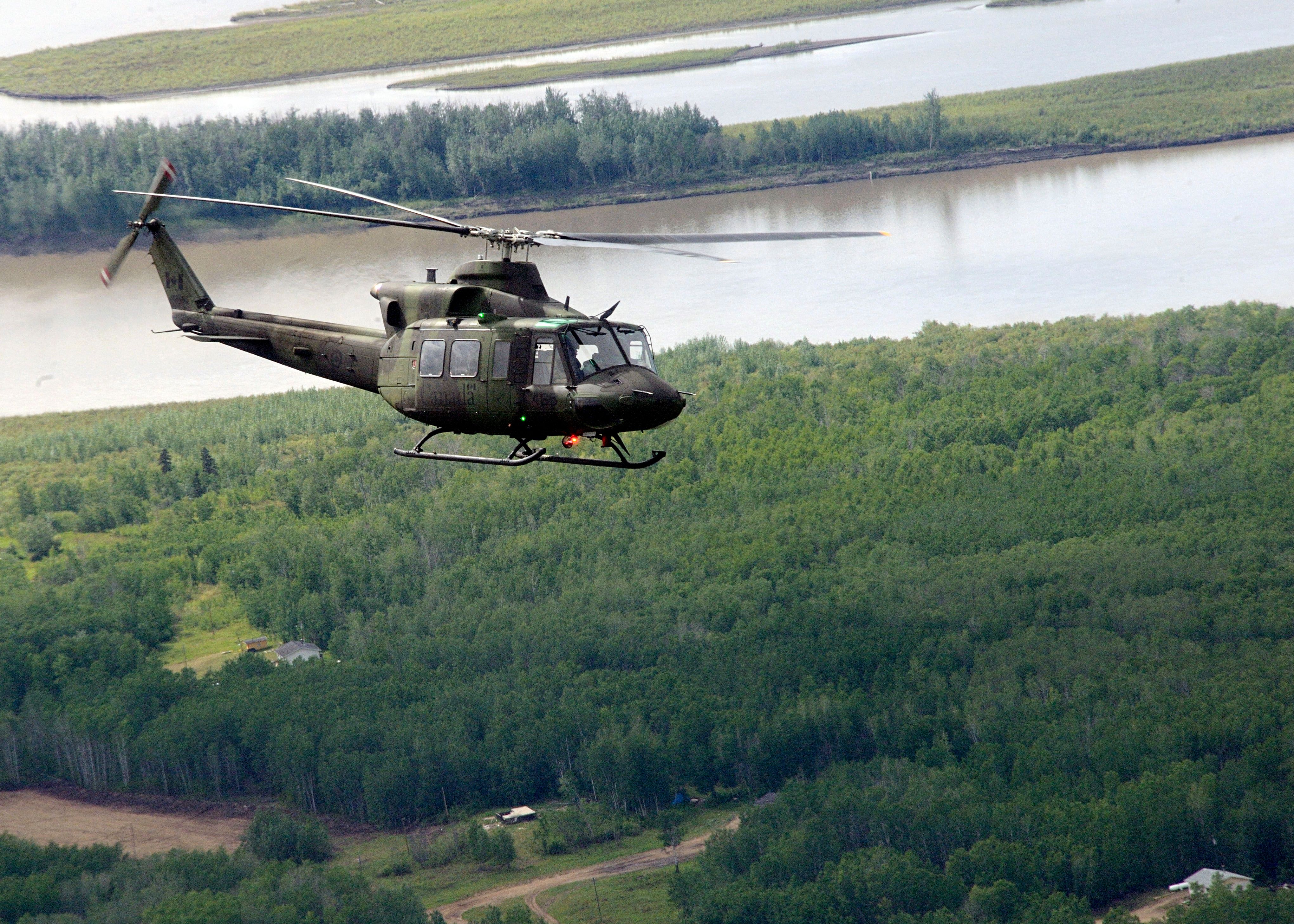Bell awarded $2.28B contract to sustain RCAF CH-146 Griffon fleet

Bell Textron Canada was awarded a $2.28-billion contract on Jan. 17 to continue maintaining the Royal Canadian Air Force (RCAF) fleet of CH-146 Griffon helicopters.
The in-service support contract begins in April 2024 and includes program management, engineering, technical and design change services, component repair and overhaul, procurement of spares and heavy maintenance services.
Under the deal, Bell Textron Canada will sustain the Griffon fleet until at least the mid-2030s. The utility helicopter supports domestic and international operations, including tactical transport, emergency response and search-and-rescue.
“The CH-146 Griffon provides crucial tactical aviation, special operations aviation and search-and-rescue capabilities to the [RCAF], at home and abroad,” said Bill Blair, Minister of National Defence. “This in-service support contract will be key in keeping this fleet going for the next 15 years.”
The RCAF currently has 82 of the helicopters, operating from 11 squadrons across Canada.
Bell Textron Canada will deliver the support services from its primary facility in Mirabel, Quebec, and at the squadrons and other locations in British Columbia, Alberta, Ontario, New Brunswick and Newfoundland and Labrador.
The support contract will create or maintain 1,130 jobs across the country, said Jean-Yves Duclos, Minister of Public Services and Procurement (PSPC), who made the announcement in Mirabel.
“In collaboration with our many partners in the aerospace industry, our teams deployed across the country will ensure the skills required to support the Griffon remain in Canada,” said Michael Nault, vice president and general manager of Bell Textron Canada Ltd. “Our 1,500 employees in Canada feel privileged to support the members of the Canadian Armed Forces so they can accomplish the full range of missions entrusted to this fleet.”
Under the government’s Industrial and Technological Benefits Policy, Bell Textron Canada will be expected to generate business within its supply chain equal to the value of the contract. In a statement, PSPC said that could contribute “at least $125 million annually to Canada’s gross domestic product over the life of the contract.”
“Canada’s aerospace sector is a world leader and a huge benefit to the entire Canadian economy,” noted François-Philippe Champagne, Minister of Innovation, Science and Industry, in a statement. “This project will have an incredible economic impact, benefiting our economy, our supply chain and, most importantly, our aerospace workers.”
Bell Textron Canada was first awarded a contract for the CH-146 Griffon in 1992, and delivered 100 to the RCAF between 1994 and 1998. As the original manufacturer, the company still holds the intellectual property rights and “is therefore the only organization capable of providing the required in-service support,” said PSPC.
The government department issued a request for proposal directly to Bell Textron Canada in January 2023, and received a technical and financial proposal in April 2023.
The RCAF is also in the process of extending the life of the CH-146 fleet until the mid-2030s. In May 2022, the government awarded Bell Textron Canada a contract worth approximately $800 million to address obsolescence issues with critical components and parts across the fleet, and meet North American and European civil regulatory requirements.
The contract was a follow-on to an award in January 2019, valued at about $90 million, to prototype the design and installation of a glass cockpit, integrated sensors, communications, cryptographic equipment, cockpit voice and flight recorders, navigation systems, automatic flight control systems and control display units — as well as a new electronically controlled Pratt & Whitney Canada PT6T-9 Twin-Pac engine.
Known as the Griffon Limited Life Extension (GLLE), the project is intended to ensure the current level of capability in the CH-146 platform, not increase the capability of the fleet, project director LCol Richard Morris explained in a 2022 interview.
If additional sensors are needed, they would be acquired through a separate contract, he said. “GLLE will integrate the [existing WESCAM MX-15 EO/IR] system into the cockpit more fulsomely than it has been in the past, but it doesn’t replace the current sensor.”
The upgrade will make the fleet easier to sustain and interoperate with the rest of the Canadian Armed Forces and allies. While the Griffon supports Army, Special Operations Forces, and search-and-rescue technicians, the fleet is being brought up to a standard baseline configuration.
The first upgraded CH-146 is expected later this year, and it’s expected the entire upgrade program will be completed by 2028.
Read original article here.
